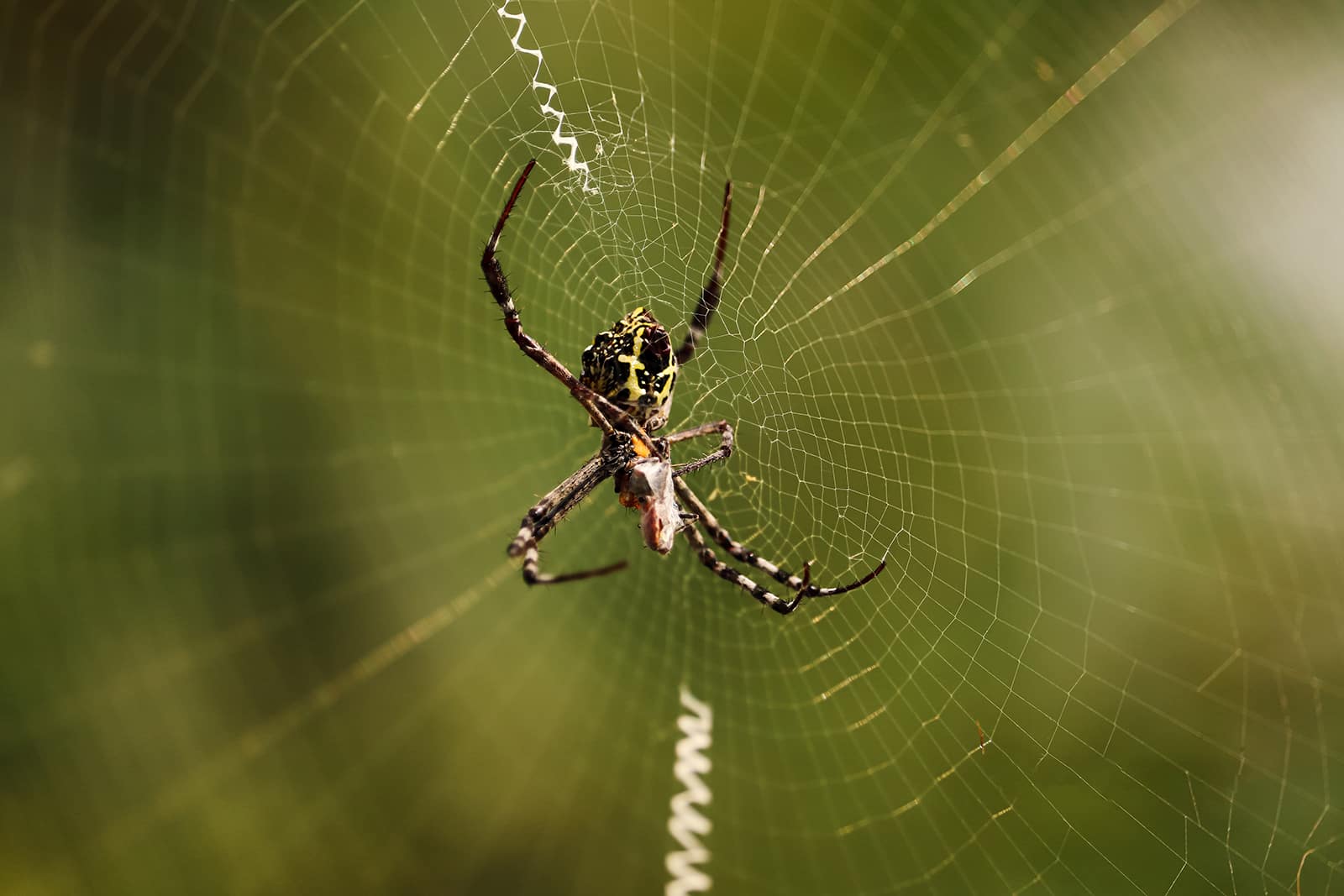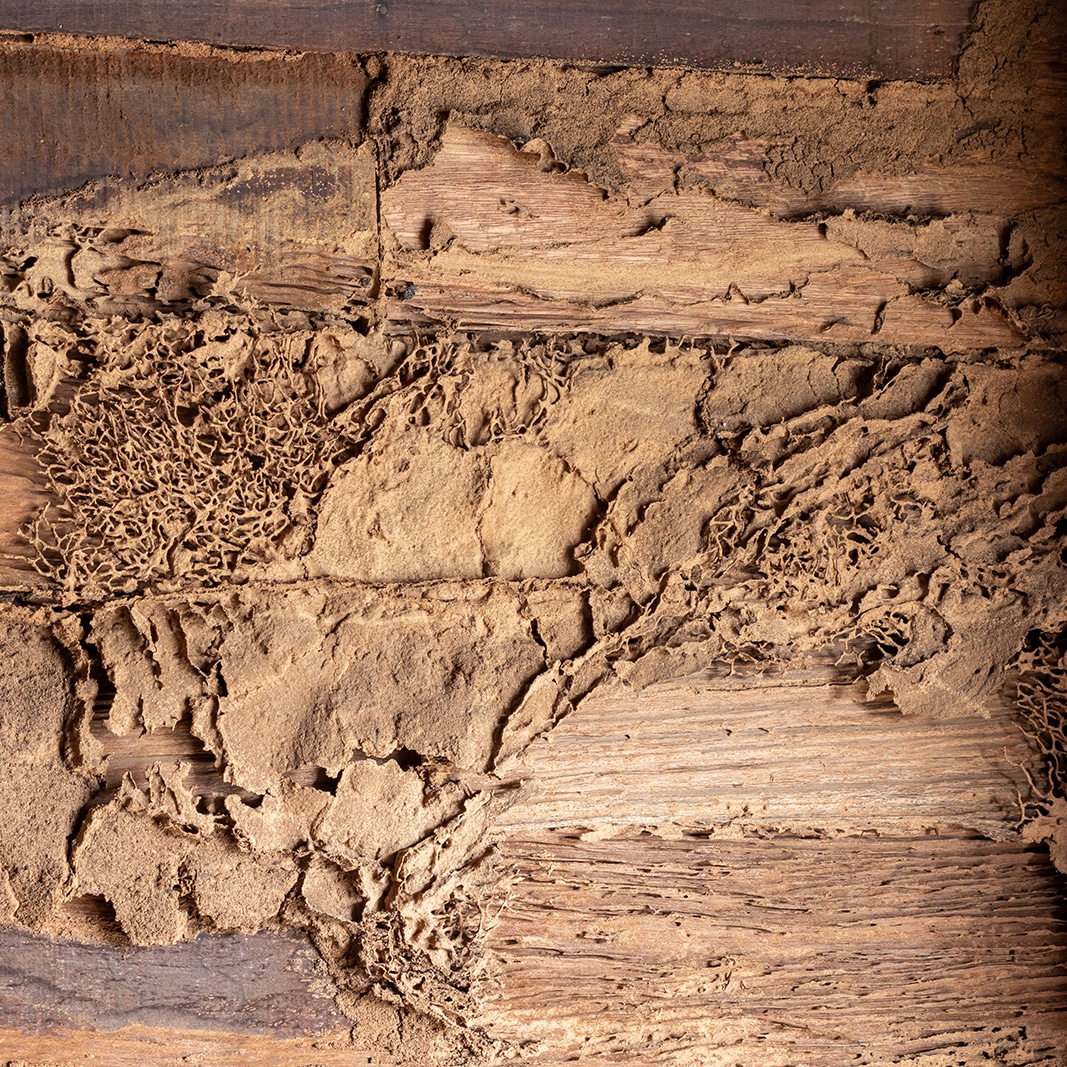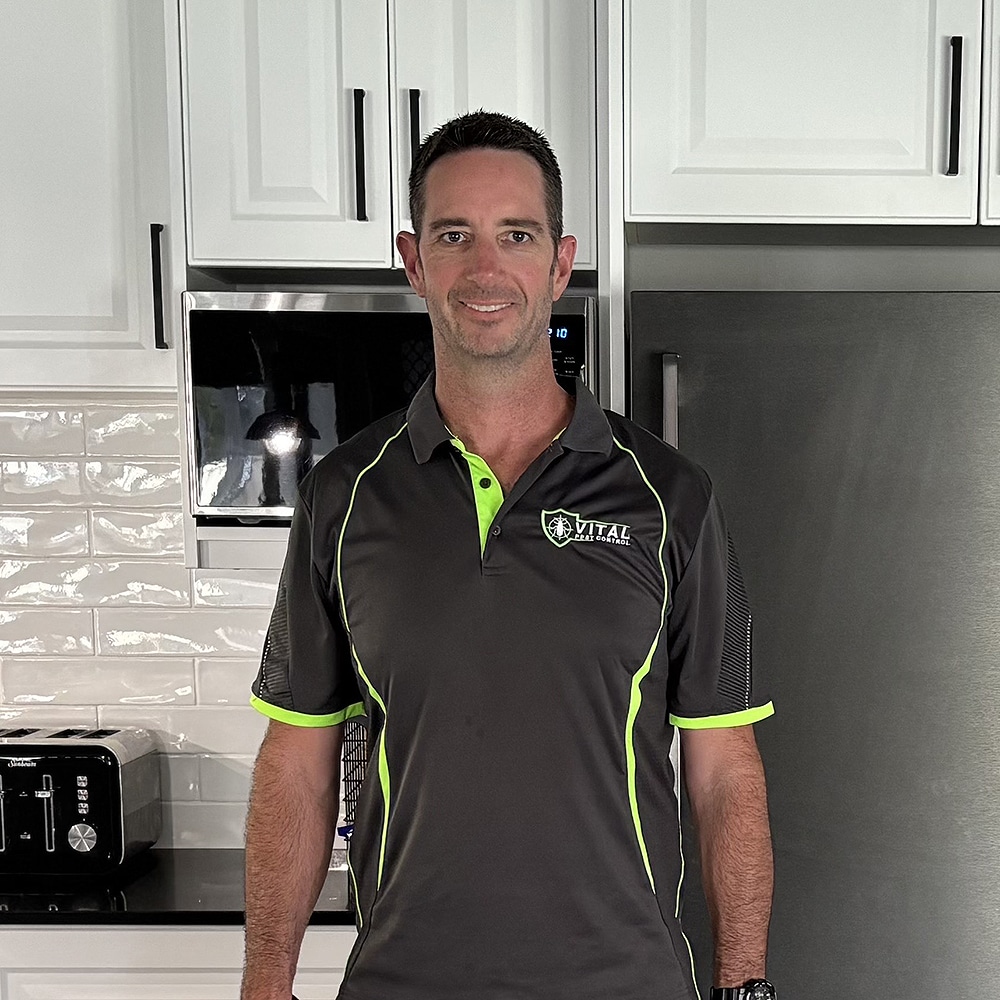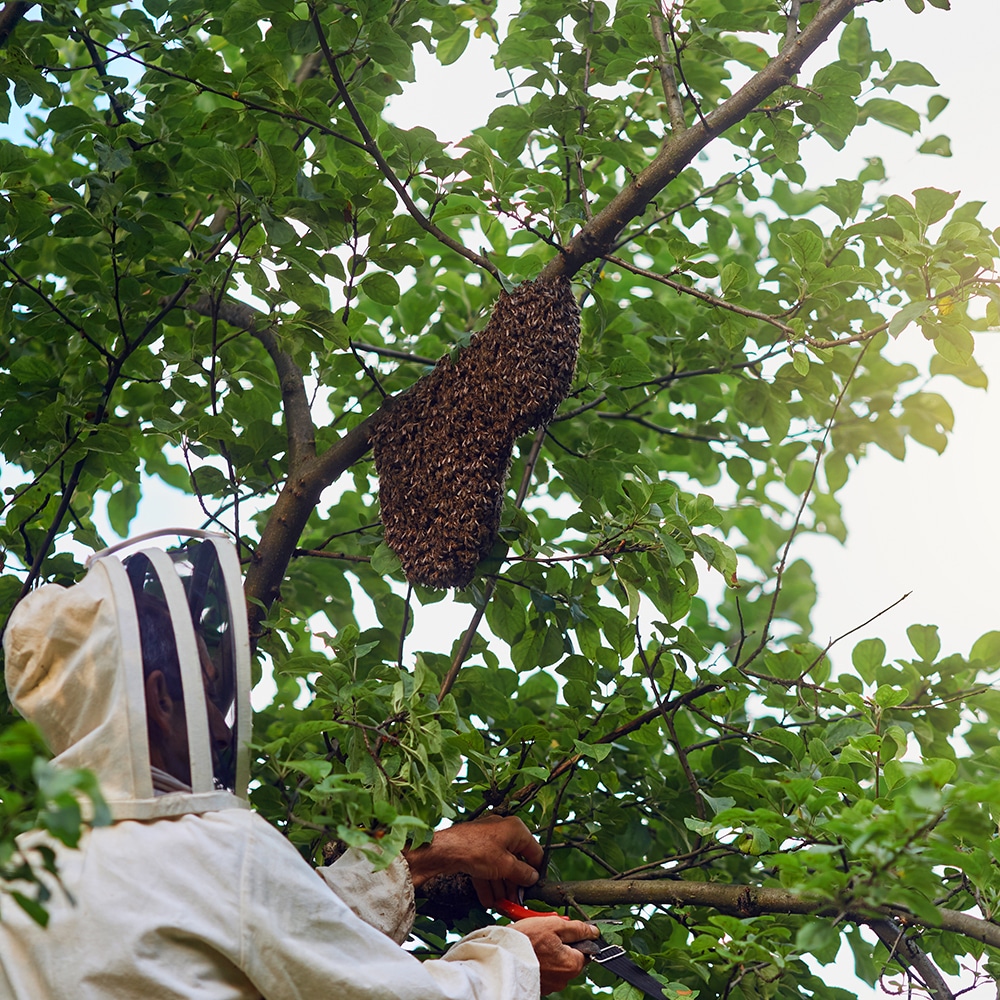
Why Do Spiders Come Back And Why
Why Do Spiders Come Back And Why On The Central Coast NSW. Responsive Proactive Solutions. Detail-focused for lasting results. Call Adam on 0431 222 894
Discover essential Damage Repair and Restoration Tips to tackle termite issues effectively. For those on the Central Coast NSW, start by assessing structural integrity and take proactive steps. Trust Vital Pest Control for reliable solutions.
Assessing Structural Integrity First
Start with a thorough inspection of your building’s framework. Identify any compromised areas. This proactive approach ensures safe and effective restoration. Reliable assessments prevent further damage and ensure a solid base for repairs.
Removing Damaged Timber Sections
Carefully remove damaged timber to prevent further spread. This step is crucial for maintaining a safe environment and preparing for new installations. Quick action is vital in preserving unaffected areas.
Scheduling Professional Carpenters
Hire skilled carpenters for precise repairs. Their expertise guarantees quality outcomes. Professional help ensures your home is restored to its best condition, providing a long-lasting solution.
Does Insurance Cover Termite Repairs?
Check your insurance policy for coverage on termite damage. Understanding your entitlements can save costs. Knowing your options helps in planning your repair budget effectively.
Choosing Termite Resistant Materials
Opt for materials resistant to termites for future projects. This choice reduces the risk of reinfestation. Investing in quality materials ensures durability and added protection.
Repairing Timber Floors After Termites
Focus on repairing timber floors after termites to restore your home’s beauty. Use quality materials and precise techniques. This focus ensures lasting results and a seamless finish.
Budgeting for Partial Rebuilds
Plan your budget wisely for partial rebuilds. Prioritise critical areas to manage costs. Thoughtful budgeting balances repair needs with financial constraints.
Salvaging Unaffected Wood Pieces
Salvage wood that remains intact to cut costs. Smart reuse of materials aids in efficient restoration. This approach is both economical and environmentally friendly.
Discover how we can help you today! Get in touch through our Contact page.

When dealing with pest infestations on the Central Coast NSW, it’s essential to assess structural integrity before proceeding with pest control measures. Understanding the state of your property’s structure can help prevent further damage and ensure effective pest management.
Identifying Weak Points
Begin by inspecting areas susceptible to pest entry and damage. Look for cracks in walls, gaps around windows, and damaged roofing. These weak points can serve as entryways for pests. By identifying and addressing these vulnerabilities, you can significantly reduce the likelihood of future infestations.
Evaluating Foundation Stability
The foundation is a critical component of any structure. Check for signs of deterioration, such as crumbling concrete or uneven floors. Pests like termites and ants often exploit compromised foundations. Addressing these issues promptly can prevent further structural damage and costly repairs.
Inspecting Wooden Structures
Wood is a favourite target for many pests, including termites and wood borers. Inspect wooden beams, joists, and supports for signs of infestation, such as hollow sounds or sawdust. Ensuring the wood is in good condition is crucial for maintaining structural integrity and preventing pest-related damage.
Timber damage on the Central Coast can be a serious issue, especially when caused by pests like termites. Removing damaged timber is a crucial step in restoring structures and ensuring safety. Vital Pest Control offers expert advice and services to help tackle this challenge effectively.
Identifying Damaged Timber
Before removal, it is essential to accurately identify all affected areas. Look for signs such as hollow-sounding wood, visible cracks, or sawdust-like material. A thorough inspection by a professional can save further damage and costs down the line.
Safe Removal Techniques
Once identified, damaged timber sections should be removed carefully to prevent additional structural issues. Using proper tools and protective gear is vital. Professionals at Vital Pest Control can handle this process efficiently, ensuring minimal disruption to your property.
Disposal of Timber Waste
Proper disposal of damaged timber is crucial to prevent pest infestation from spreading. Follow local regulations regarding timber waste disposal. Vital Pest Control can assist with eco-friendly disposal options that adhere to Central Coast guidelines.
Timber damage repair and restoration require a strategic approach to maintain the integrity of your home or business. Trusting experienced professionals can make all the difference in achieving a pest-free and safe environment.
Scheduling professional carpenters for vital pest control tasks on the Central Coast NSW is crucial for effective damage repair and restoration. Carpenters possess the skills necessary to assess, repair, and prevent pest-related structural issues. Their expertise ensures that homes remain safe and sound, offering peace of mind to homeowners.
Identifying Structural Weaknesses
Carpenters play a pivotal role in identifying structural weaknesses caused by pests. These experts can spot areas where termites or other insects have compromised the integrity of timber. By diagnosing such issues early, carpenters ensure timely interventions, preventing further damage and costly repairs down the line.
Implementing Effective Repairs
Once structural weaknesses are identified, professional carpenters implement effective repairs. They replace damaged wood, reinforce weak areas, and use materials that deter future infestations. This proactive approach not only restores the structure but also strengthens it against future threats, ensuring long-term stability.
Enhancing Preventative Measures
Beyond repairs, carpenters enhance preventative measures to safeguard homes. They advise on maintenance routines and install protective barriers. These strategies help homeowners minimise the risk of future pest problems, saving time and money while maintaining the value of their property.
Termite damage can be a sneaky and costly problem for homeowners on the Central Coast. If you’ve discovered termites gnawing away at your property, you might wonder if your insurance policy will cover the repairs. Understanding the specifics of your home insurance can save you from unpleasant surprises.
Understanding Home Insurance Policies
Most standard home insurance policies typically exclude pest-related damages, including termites. Insurance companies usually classify termite damage as preventable. They expect homeowners to maintain routine pest inspections and treatments. This means that unless your policy explicitly mentions termite coverage, the repairs likely won’t be covered.
Preventive Measures and Inspections
To protect your home from termite damage, regular inspections are crucial. Engaging a professional pest control service, like Vital Pest Control, can help detect early signs of infestation. Preventive measures, such as treating the home perimeter, can reduce the risk of a termite attack, potentially saving you significant repair costs.
Specialised Insurance Options
Some insurance companies offer specialised coverage for termites. These policies might include annual inspections and treatments as part of their package. While this adds to your premium, it can be a wise investment for homeowners in termite-prone areas. Check with your insurer to see if they provide such options.
Choosing termite resistant materials is essential for effective pest control on the Central Coast NSW. Termites can wreak havoc on structures, causing costly damage if not addressed. Selecting the right materials can safeguard your property and reduce long-term maintenance costs.
Understanding Local Termite Threats
In the Central Coast region, subterranean termites are a common threat. These pests are notorious for their ability to chew through wood. Understanding their behaviour and choosing materials that are less susceptible to termite attacks can significantly protect your home.
Opting for Naturally Resistant Timber
Certain types of timber, such as cypress pine and red cedar, have natural resistance to termites. These materials can be excellent choices for construction and renovation projects. Incorporating these timbers can help deter infestations, minimising the need for frequent pest control interventions.
Using Non-Wood Alternatives
Exploring non-wood materials such as steel, concrete, and fibre cement can be beneficial. These materials are inherently resistant to termites, making them ideal for critical structural components. Utilising these options can offer durability and peace of mind in termite-prone areas.
Incorporating Treated Timber
Treated timber undergoes chemical processes to enhance its resistance to termite damage. Opting for treated wood in areas prone to infestation can provide an additional layer of protection. This choice is practical for framing, decking, and other exterior applications.
Repairing timber floors after termites can be a daunting task. Yet, with the right approach, restoring your timber floors to their former glory is achievable. Vital Pest Control on the Central Coast NSW offers insights into effectively tackling this issue. Here, we delve into essential steps for repairing timber floors post-termite damage.
Assessing the Damage
Begin by thoroughly inspecting your timber floors to understand the extent of the termite damage. Look for hollow-sounding wood or visible tunnels. Identifying affected areas helps in planning the repair process. Engage a professional if the damage seems extensive, ensuring a comprehensive evaluation.
Removing Damaged Wood
Once you’ve assessed the damage, remove any compromised timber. Carefully extract damaged boards to prevent further structural issues. This step is crucial as it eliminates weakened wood that termites have infested, paving the way for effective repairs.
Replacing and Refinishing
Replace the removed sections with new timber that matches the existing floor. Ensure a snug fit to maintain the floor’s integrity. After installation, sand and refinish the area to blend seamlessly with the rest of the flooring, restoring its aesthetic appeal.
Implementing Prevention Measures
Post-repair, focus on termite prevention to protect your floors from future infestations. Regular inspections by Vital Pest Control and maintaining a dry environment can deter termites effectively. Consider treatment options like barriers or baits for long-term protection.
When it comes to repairing pest damage on the Central Coast NSW, budgeting for partial rebuilds is crucial. Vital Pest Control understands the unique challenges homeowners face when dealing with structural damage. By strategically planning your budget, you can effectively restore your home without breaking the bank.
Assess the Extent of Damage
Start by evaluating the damage caused by pests. Identify which areas need immediate attention and which can wait. This prioritisation helps in allocating resources efficiently. It’s essential to understand that not all damage requires a complete rebuild. A thorough assessment can reveal areas that only need partial repairs, saving both time and money.
Set a Realistic Budget
Once you know the extent of the damage, set a clear budget. Consider the cost of materials, labour, and any unforeseen expenses. It’s wise to allocate funds for potential surprises that might arise during the repair process. By setting a realistic budget, you ensure that the project stays on track financially.
Choose Cost-Effective Materials
Select materials that offer durability without the hefty price tag. Sustainable options not only tend to be cost-effective in the long run but also enhance the value of your home. Consult with professionals to find the best materials that suit your budget and the specific needs of your property.
When dealing with pest damage, salvaging unaffected wood is crucial for effective pest control on the Central Coast, NSW. Identifying and preserving good wood not only saves money but also reduces waste. By focusing on unaffected pieces, you ensure a healthier environment for your home or business.
Identifying Unaffected Wood
Start by inspecting all wood structures. Look for signs of damage like holes and sawdust trails. Unaffected wood will be solid, free of visible damage. Tap it lightly; it should sound firm. This process helps differentiate between what needs replacing and what can remain untouched.
Cleaning and Treating Salvaged Wood
Once you identify the unaffected pieces, clean them thoroughly. Use a damp cloth to remove dust and debris. Applying a wood preservative can protect against future infestations. This step is vital to maintain the integrity of the salvaged wood, ensuring it remains a strong component of your structure.
Integrating Salvaged Wood into Repairs
Incorporate the salvaged wood into your repair projects. This approach not only maintains aesthetic continuity but also supports sustainable practices. Carefully plan how and where to use these pieces to maximise their utility. Proper integration helps in maintaining the structural strength of your property.
When tackling pest control issues on the Central Coast NSW, hiring skilled tradespeople is crucial. These professionals bring expertise that ensures effective and lasting solutions, saving you time and future costs. Engaging qualified tradespeople for pest control can significantly impact the safety and hygiene of your property.
Understanding Local Pest Challenges
The Central Coast NSW presents unique pest challenges due to its climate and geography. Qualified tradespeople possess local knowledge, allowing them to identify specific pests and implement the most suitable control measures. They understand the seasonal patterns and types of infestations common in the area, offering targeted solutions.
Ensuring Safety Standards
Professionals in pest control adhere to strict safety standards, using approved chemicals and methods that minimise risks to humans and pets. They are trained to handle equipment safely and know how to prevent contamination. This ensures that the pest control process is not only effective but also safe for your household or business.
Long-Term Cost Efficiency
While hiring qualified tradespeople might seem costly upfront, it often leads to long-term savings. Their expertise helps in preventing re-infestations, reducing the need for frequent treatments. By addressing the root causes of pest issues, they provide more sustainable solutions, ultimately saving money and effort over time.
Living on the Central Coast NSW brings unique challenges, especially concerning moisture levels in homes. Stable moisture levels are crucial for pest control and preventing damage. Monitoring and maintaining these levels can significantly reduce the risk of pest infestations and structural damage.
Understanding Local Climate Impacts
The Central Coast’s humid climate creates an ideal breeding ground for pests. High moisture levels can attract termites, mould, and mildew, which thrive in damp conditions. Recognising how the local weather affects your home is the first step in managing these risks. Regularly checking areas prone to moisture, like basements and attics, can help you stay ahead of potential problems.
Utilising Moisture Meters
Investing in a moisture meter can be a game-changer for homeowners. These devices provide accurate readings of moisture levels in different areas of your home. By keeping an eye on these readings, you can identify and address high moisture areas before they lead to pest issues or structural damage. Regular monitoring ensures you can take timely action if needed.
Implementing Effective Ventilation
Good ventilation is essential in maintaining stable moisture levels. Installing exhaust fans in kitchens and bathrooms, as well as ensuring adequate airflow throughout your home, reduces humidity levels. This proactive approach not only aids in pest control but also contributes to a healthier living environment overall.
Sealing compromised entry points is crucial for effective pest control on the Central Coast, NSW. These breaches allow pests to invade homes and businesses, causing extensive damage. Identifying and sealing these openings helps maintain a pest-free environment, safeguarding both property and health.
Identifying Common Entry Points
Common entry points include gaps around windows, doors, and utility lines. Pests can also enter through cracks in walls and foundations. Regularly inspect these areas to identify potential vulnerabilities. Early detection can prevent larger infestations by stopping pests in their tracks.
Using Appropriate Sealing Materials
Choosing the right sealing materials is key to effective pest exclusion. Caulk is great for small gaps, while expanding foam works for larger holes. Weather stripping can seal doors and windows. Use a combination of materials to address different types of breaches, ensuring a comprehensive seal.
Maintaining Long-Term Effectiveness
Routine maintenance is essential for long-term pest control. Periodically check sealed areas for wear and tear, especially after severe weather. Reapply sealing materials as needed to maintain their effectiveness. Consistent vigilance not only keeps pests out but also extends the life of your property.
The Central Coast in NSW, with its humid climate, can be a hotspot for termites, making pest control vital. One effective strategy is using anti-termite coatings to reinforce structures. These coatings act as a barrier, preventing termites from penetrating and causing structural damage. By applying these coatings, property owners can protect their investments and maintain the integrity of their buildings.
Understanding Anti-Termite Coatings
Anti-termite coatings are specially formulated to deter termites from infesting structures. These coatings are applied to surfaces like wood, concrete, and metal, creating a protective shield. This barrier is essential in areas prone to termite activity, as it prevents these pests from causing significant damage. By using these coatings, property owners can extend the lifespan of their buildings and reduce repair costs.
Application Techniques
Applying anti-termite coatings requires precision and expertise. It involves cleaning the surface thoroughly to ensure adhesion, followed by an even application of the coating. Professionals often use brushes or sprayers to achieve a uniform layer. This meticulous process ensures comprehensive coverage, offering maximum protection against termite intrusion.
Benefits for Central Coast Properties
For Central Coast properties, anti-termite coatings offer a proactive solution to pest control. They reduce the risk of infestations, safeguarding the structural integrity of homes and businesses. This preventive measure not only protects the property but also increases its value, making it a wise investment for property owners in this region.
Ensuring a dry environment before starting reconstruction is crucial for efficient pest control and successful restoration on the Central Coast of NSW. Moisture can create inviting conditions for pests, compromising both the rebuilding process and long-term structural integrity.
Identify Moisture Sources
Begin by pinpointing where moisture is originating. Common culprits include leaks from plumbing, roof damage, or poor drainage. Addressing these sources is paramount to prevent future infestations. Fixing these issues early mitigates risks and ensures a dry foundation for any reconstruction efforts.
Effective Drying Techniques
Using dehumidifiers and industrial fans effectively removes excess moisture from affected areas. These tools help speed up the drying process, reducing the chances of mould and pest infestations. Regularly monitor moisture levels with a hygrometer to maintain optimal conditions.
Inspect Hidden Areas
Hidden spaces, like wall cavities or under flooring, often harbour moisture. Conduct thorough inspections to uncover any damp spots that may not be immediately visible. Early detection of these areas can prevent structural damage and potential pest issues down the line.
Seal and Prevent Future Moisture
Once dry, seal any potential entry points for moisture. Waterproofing solutions and proper sealing techniques help keep areas dry. Implementing preventive measures ensures the longevity of your restoration work and maintains an environment unfavourable to pests.
When dealing with pest-related damage on the Central Coast NSW, coordinating with insurers can be a crucial step in your restoration journey. Understanding how to effectively communicate and navigate the insurance process can save you time and financial strain.
Understanding Your Policy
Before reaching out to your insurer, it’s vital to thoroughly review your current insurance policy. Check if pest damage is covered and understand the terms. Many policies have specific clauses or exclusions related to pest-related incidents. Knowing these details helps in setting realistic expectations and preparing necessary documentation.
Documenting the Damage
Proper documentation is key when coordinating with insurers. Take clear photos and videos of the affected areas. Keep records of any communication with pest control services. This evidence will support your claim and provide clarity to the insurer about the extent of damage and necessary repairs.
Communicating with Insurers
When communicating with your insurance provider, be clear and concise. Provide all required information promptly, including estimates from pest control services like Vital Pest Control. Regular follow-ups can ensure your claim is processed efficiently. Being proactive in communication can significantly impact the speed and success of your claim.
When you’re dealing with pest damage on the Central Coast, documenting repairs is crucial for future resale. This process enhances buyer confidence and can even increase property value. Vital Pest Control understands the importance of meticulous documentation in ensuring a smooth resale process.
Capture Detailed Photographs
Take clear photos before, during, and after repairs. These images serve as proof of the damage and the quality of the repair work. Potential buyers appreciate seeing the transformation, which reassures them that the property is well-maintained. Ensure your photos are high-quality to capture details effectively.
Maintain Repair Logs
Keep a detailed log of all repair activities. Include dates, types of repairs, and any materials used. This record provides transparency, showing prospective buyers that repairs were not just cosmetic but comprehensive. A thorough log indicates responsible ownership and property care.
Secure Contractor Documentation
Request documentation from any contractors involved. This can include invoices, warranties, and repair certifications. Such documents validate the professionalism and legitimacy of the repairs. Buyers are more likely to trust a property with verified repair work, enhancing resale potential.
Compile a Repair Portfolio
Create a portfolio compiling all photos, logs, and contractor documents. This organised collection is a valuable asset during the selling process. It simplifies the buyer’s assessment and underscores the property’s integrity. A well-documented repair history can make your Central Coast property stand out in a competitive market.
Please leave your details in the form and we will call you back the same day.
So that we can process your enquire efficiently please leave as many details as possible and upload any relevant images. (.jpg and .png format)

Why Do Spiders Come Back And Why On The Central Coast NSW. Responsive Proactive Solutions. Detail-focused for lasting results. Call Adam on 0431 222 894

Building a Long Term Residential Pest Protection Plan For Home Owners On The Central Coast NSW. Responsive Proactive Solutions. Detail-focused for lasting results. Call Adam on 0431 222 894

How to Protect Your Home from Wasp Infestations On The Central Coast NSW. Responsive Proactive Solutions. Detail-focused for lasting results. Call Adam on 0431 222 894